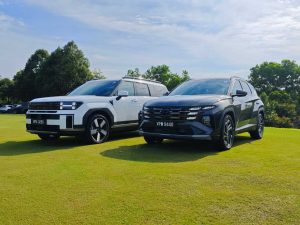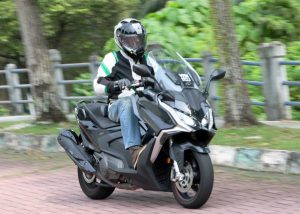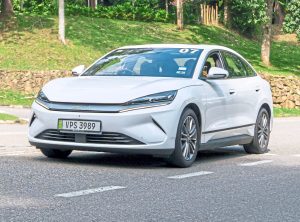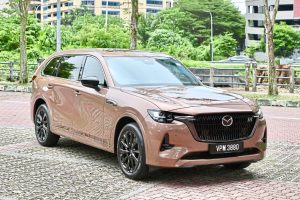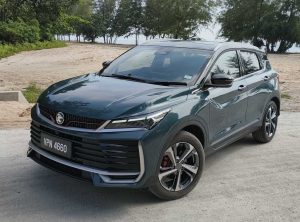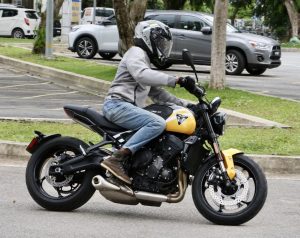KUALA LUMPUR: The Transport Ministry is encouraging corporations to choose the upcoming East Coast Rail Link (ECRL) as their primary mode of transport for cargo, with incentives in place for early adopters.
The ECRL, set to optimise connectivity between west coast and east coast of Peninsular Malaysa, will be operational for passengers by 2027 and for cargo from 2028, linking key ports including Port Klang and Kuantan Port, as well as industrial areas, more efficiently.
Transport Minister Anthony Loke said companies should plan ahead and start discussions with Malaysia Rail Link (MRL) Sdn Bhd, the project owner of the ECRL.
“The companies need to engage with MRL to get a better rate now.
“The rates will be competitive and you can get the first-mover advantage, just like Perusahaan Otomobil Kedua Sdn Bhd (Perodua),” Loke told a press conference in conjunction with the signing of memoranda of understanding signing between MRL and Perodua, as well as MRL and Kuantan Port Consortium.
Loke stressed on the importance of planning ahead, noting that facilities, cargo handling and other logistics should be planned well in advance.
“You can’t just decide to use the ECRL when it’s ready in 2028, as the infrastructure may not be ready to meet your needs. Industries must come forward to talk to us right now. If you come forward now, we can tailor our services to your needs and offer better cargo rates.”
Loke said the ECRL should be the main mode of transport for ports and industrial areas due to its safety and efficiency.
He described the ministry’s strategy as a “carrot and stick” approach.
Loke said the government wants companies to use the ECRL as the main mode of transport and hence, they are providing incentives.

If the incentives do not generate enough traction, he said the government may tighten road transportation rules, particularly for heavy cargo vehicles. This will reduce the number of heavy vehicles on highways like the Karak Highway.
“The main objective is to reduce heavy vehicle traffic on highways, especially the Karak Highway,” said Loke, highlighting the high number of accidents on that route.
The MoU between MRL and Perodua is aimed at providing efficient and reliable transportation solutions tailored to Perodua’s needs upon the ECRL’s operationalisation in January 2027.
The objective is to potentially reduce logistics costs through a more efficient transportation system, strategically enhancing Perodua’s existing logistics operations.
The ECRL will see the transportation of Perodua vehicles by rail to Kelantan, Terengganu, and Pahang.
Speaking to reporters on the sidelines, Perodua president and chief executive officer (CEO) Datuk Seri Zainal Abidin Ahmad said the move would see lower costs, especially when it comes to transporting vehicles to Sabah and Sarawak.
This is because of the advantages of using Kuantan Port compared with the current Klang Port.
He noted that it is too early to reveal further details on the MoU.
However, he said Perodua had plans to transport not only cars, but also goods out of Serendah, thus reducing reliance on trucks and lorries.
On the other hand, the MoU between MRL and Kuantan Port Consortium is set to maximise the modal share of railway transportation for goods moving in and out of Kuantan Port by using the ECRL service.
Kuantan Port chairman and IJM Corp Bhd group CEO and managing director Lee Chun Fai said this collaboration aimed to enhance the use of railway transportation, boosting connectivity and efficiency in moving cargo between the west and east coasts.
“This integration will offer competitive logistics costs and improve delivery times for goods moving in and out of Kuantan Port via the ECRL alignments,” he said.
He noted that Kuantan Port has an annual capacity of 39 million tonnes and the ability to handle ships of up to 180,000 deadweight tonnes.

